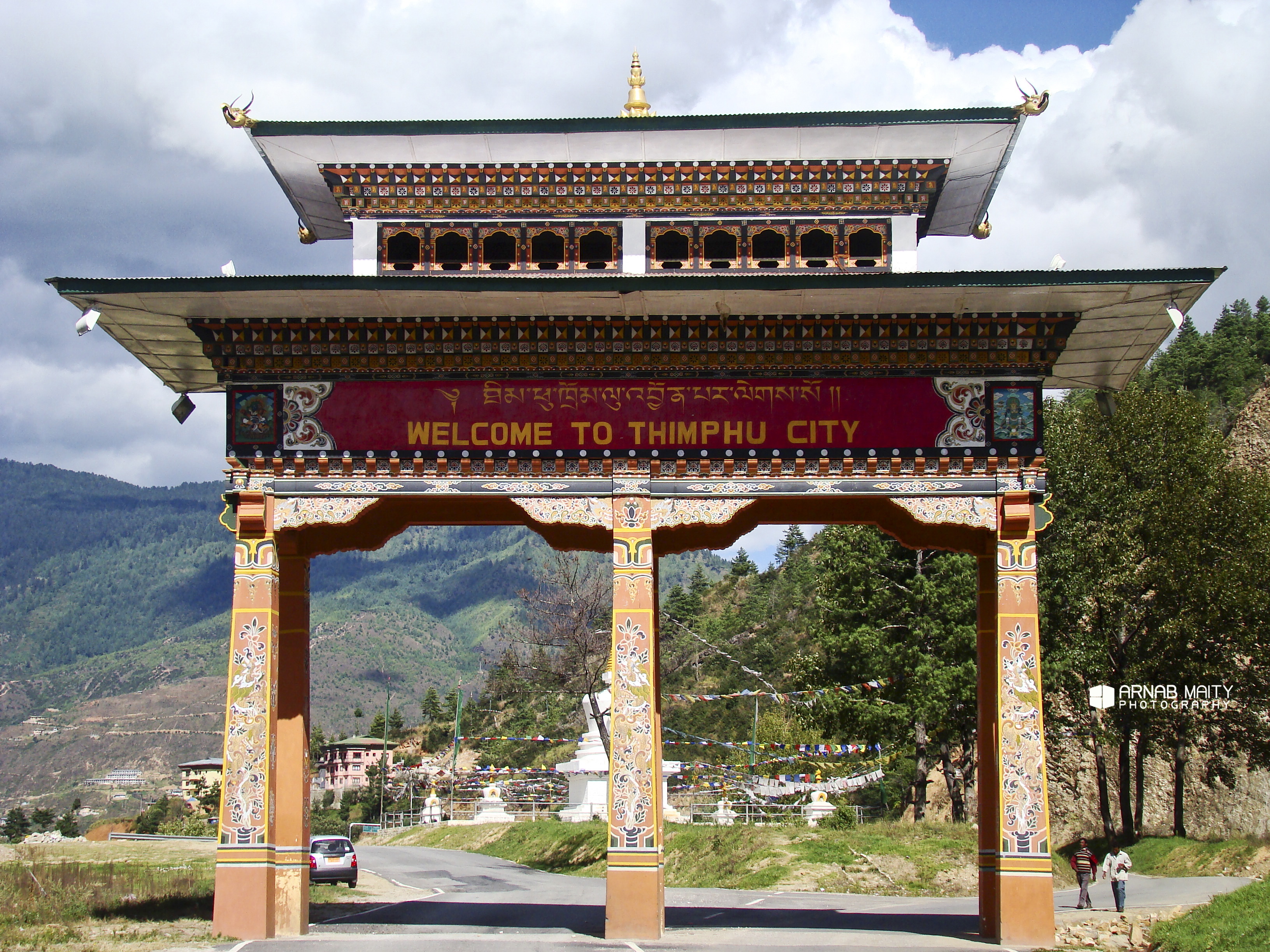Experiencing Ayurveda at Kerala
Ayurveda is an ancient medicinal science native to India. If you have grown up in India, it is highly likely that...
Subscribe to the newsletter and you will know all about my latest escapades and adventures.

Bhutan had opened its doors to tourism only by the end of the last century. It still retains its mysticism and exclusivity thanks to the restrictive policies on mass tourism. With a $280 minimum spend per day (including guided tour and accommodation) rule slapped on foreigners travelling to the country; it has remained elusive to the budget traveller almost always. Fortunately for the friendly Indian from the neighbourhood, the restrictions are exempted, which means Bhutan is one country you simply cannot miss if you are an Indian traveller.
“You are lucky” – said Mr Sonam at the Road Safety and Transport Authority Office in Phuentsholing. All I needed was his signature to allow me wander on my motorcycle to the interiors of his country, but he made sure I knew and respected the fact that apart from the native Bhutanese its only Indians who are allowed to wander freely in Bhutan.
After seven hours of riding through pristine mountains, virgin forests and untouched settlements, when I stood in front of the beautifully painted gate welcoming me to Thimphu, I knew he was right!
I had an impression that Thimphu would be a walled exotic city where time stood still. I thought of seeing lamas clad in saffron robes riding on horses and their followers roaming on cobbled streets with a big smile on their face. But after I saw the young men and women out on fashion parades, busy on their smart phones, driving modern SUVs on butter-smooth highways, I knew how ignorant I was about this chic capital of a country often termed as the “Last Shangri-La”.
It isn’t the cosmopolitan microcosm that comes to your mind when you think about capitals. It isn’t just the only capital on earth without a traffic signal, but also a city that hardly represents its country.
Bhutan is changing drastically and Thimphu is leading the way. The last two decades have seen enormous changes in the country. With the introduction of television and internet and the transition from absolute monarchy to constitutional monarchy, the country has taken its first strides towards modernisation and democracy. But to many, the isolation of the past was a better way to preserve their originality and authenticity.
“ This wave of modernization is taking its toll on our value systems. Our forefathers lived off farming on these lands and their only cause of worry was natural disasters and wild animals ruining their crops and livestock. But the new generation Bhutanese is worried and tangled in the luxuries of modern life. Stylish clothes, swanky cars and imitating western culture keeps them busy, rather than spending time with family and supporting the farming culture which has been the backbone of our society.” – said Sangye, a middle aged man whom I befriended during my stay at Thimphu.
When I asked the same question to Ugyen, the young manager working at one of Thimphu’s best hotels, he said – “What’s wrong in embracing modernization? Our previous king was a visionary and he knew that we couldn’t survive in an isolated shell holding on to the professions of our forefathers when the whole world outside is progressing. I don’t mind if Thimphu becomes the first Himalayan Singapore”

It was difficult for me to take a side after the conversations. The traveller in me wanted Bhutan to remain the way it was twenty years back – idyllic and authentic. However, as a citizen of a democratic country, I wish Ugyen gets his right to choose what is good for him and his family.
In case you are headed to Bhutan, don’t be disappointed if you don’t find the utopic land scripted in the literatures written by numerous foreign travellers. Trust me, most of them haven’t ventured out of their five star hotels. To find the true Bhutan of yesteryears where happiness still remains more important than money, you will have to venture into the roads beyond the highways, far from the touristy cities, outside the realm of your guided itinerary. And if you are not an Indian, you still don’t have a chance!